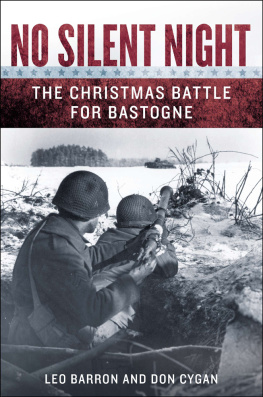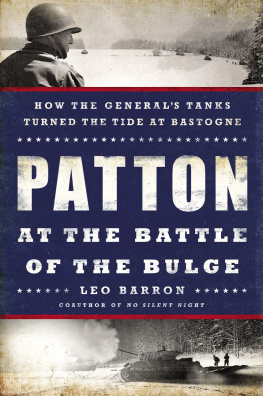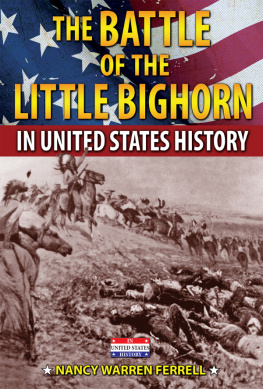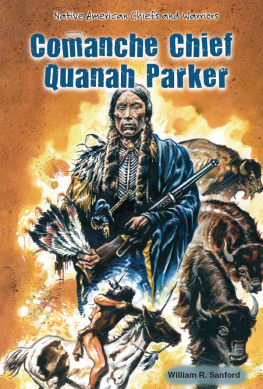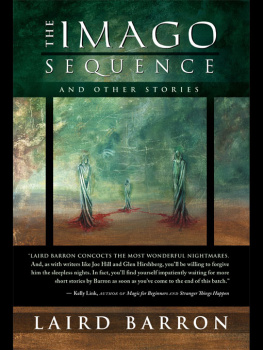
This edition is published by BORODINO BOOKS www.pp-publishing.com
To join our mailing list for new titles or for issues with our books borodinobooks@gmail.com
Or on Facebook
Text originally published in 1935 under the same title.
Borodino Books 2017, all rights reserved. No part of this publication may be reproduced, stored in a retrieval system or transmitted by any means, electrical, mechanical or otherwise without the written permission of the copyright holder.
Publishers Note
Although in most cases we have retained the Authors original spelling and grammar to authentically reproduce the work of the Author and the original intent of such material, some additional notes and clarifications have been added for the modern readers benefit.
We have also made every effort to include all maps and illustrations of the original edition the limitations of formatting do not allow of including larger maps, we will upload as many of these maps as possible.
COMANCHE
The Sole Survivor of All the Forces in Custer's Last Stand, the Battle of the Little Big Horn
BY
BARRON BROWN
Illustrated
From Portraits by the Author and
Rare Old Photographs
TABLE OF CONTENTS
Contents
TABLE OF CONTENTS
DEDICATION
In memory of the late General Hugh L. Scott, and for his notable career as a soldier and his friendship for the Indians this story of Comanche is dedicated.
ILLUSTRATIONS
Comanche
Captain Myles W. Keogh
General George A. Custer
Comanche at Fort Lincoln
Comanche at a Reunion
Rain-In-The-Face
Comanche at Fort Riley
White Bull
Little Soldier
Two Moons
Tasina-Mani-Win
FOREWORD
It seems to the writer that with the advent of mechanized transportation and the consequent passing away, perhaps forever, of the general use and companionship of horses, something very fine in the development of American manhood and womanhood also has passed. Until recent days history does not record a time when men and horses did not share the toil, the danger, the humdrum dailiness and the high emprise of life. Mans use of the noble animal has been much more than utilitarian: there has been a companionship which has served much more than a work-a-day end. It has, in fact, been a vital factor in our growth up from savagery. Literally, man has come out of the mist of the past into the maelstrom of modern life on his horse.
This fine comradeship of man and horse practically is unknown to the whole generation of young Americans, and the writing of this book, it is hoped, will help to keep alive, in imagination at least, an appreciation of what the horse has meant in what we are pleased to call the civilizing of this continent.
This story of Comanche is biographical. Here romance is served amply by fact, and the history of this, the most famous horse in our military annals, does not require the embellishment of fancy nor the adornment of fiction. Hence the somewhat expository nature of this volume.
The author has spared neither time nor pains to make the story of Comanche authentic in every essential detail. Because of the fact that no human participant (among the U. S, forces) survived Custers immediate command in the battle of the Little Big Horn, commonly known as the Custer Massacre, {1} uncertainty and even contradiction constantly are met regarding almost every phase of the conflict.
The story of Comanche is, of course, inextricably woven into the history of the famous clash between Custers forces and the hostile Indians; but the writer has tried to keep separate the biography of the horse himself and avoid the perplexing uncertainties which pertain to the battle. Aside from copious reference notes it is hoped that the ample documentation at the close will be welcome. The reader will not be left in doubt regarding data that is moot, and any phase of Comanches career which is in controversy or which could not be authenticated will be so indicated.
The author is grateful to those who have made the work possible, and appreciative acknowledgment is made for help given by Mr. C. D. Bunker of the Dyche Museum of the University of Kansas, Mr. Frank Zahn, the late General Hugh L. Scott, General E. A. Garlington, Mr. E. Snook, Professor C. H. Nowlin, Daniel F. Shields, M. D., The Atlantic Monthly and Houghton Mifflin Company.
Barron Brown,
Kansas City, Missouri,
1935.
A BRIEF NARRATIVE OF CUSTERS LAST BATTLE, JUNE 25, 1876
Those readers who already are familiar with the various campaigns against the Indians of the Northwest in the 70s, and especially with that tragic expedition in which we are concerned, may well pass over this brief chapter. Nothing heretofore untold will be found in it. It is meant to serve merely as a background for the biography which followsthe story of Comanche .
Since there were no human survivors among the United States forces in the famous Battle of the Little Big Horn, June 25, 1876, between Custers immediate command and the Indians, no accurate account of that phase of the campaign is available. We can only surmise by the positions and locations of the dead what took place when Custer and all his officers and men were killed, leaving only Comanche, the mount of Captain Myles W. Keogh, alive and too desperately wounded to be taken away by the victors.
The writer has no intention of attempting a complete account of the Battle of the Little Big Horn. But since the fame of Comanche rests largely on the fact that he was the sole survivor of Custers force, it is thought wise to give a brief narrative of what we know to be the facts leading to the massacre.
From the very start of the campaign, ending in one of the most dramatic chapters in the military annals of our country, events moved toward the tragedy with the precision and fatefulness of a Greek drama....The solemn treaty between the United States and the Indians (1868) reserved solely and forever to the latter a territory which now includes the Dakotas and Wyoming. Part of that treaty reads: The Government of the United States desires peace and its honor is hereby pledged to keep it. {2} Despite this pledge scientific expeditions, fully armed, were sent into this Indian territory (in violation of the treaty of 1868) in 1873 and in 1874. Shortly thereafter gold was discovered in the Black Hills, a part of the country belonging to the Indians, and the whites rushed in. People interested in agriculture followed and settled there. It was the old story of Anglo-Saxon greed and conquestthe great, irresistible race-wave moving ever westward, destroying (civilizing) all before it: Mexico robbed, Indians deprived of their lands, solemn treaties submitted to the arbitrary arbitrament of the sword, white supremacy established under one pretext or another....The Indians saw their lands being illegally occupied and the buffalo, their chief source of food, clothing and shelter, being killed off. Naturally the Redmen were resentful. They killed some of the invaders and this led to the punitive campaign of 1876, directed by General Sheridan at Chicago, with Generals Crook, Terry and Gibbon farther west. Brevet-Major-General George A, Custer was serving under Terry. One of Custers captains was Myles W. Keogh, the master of Comanche .


